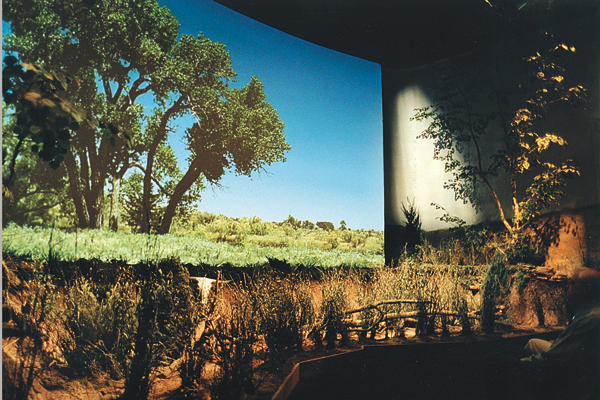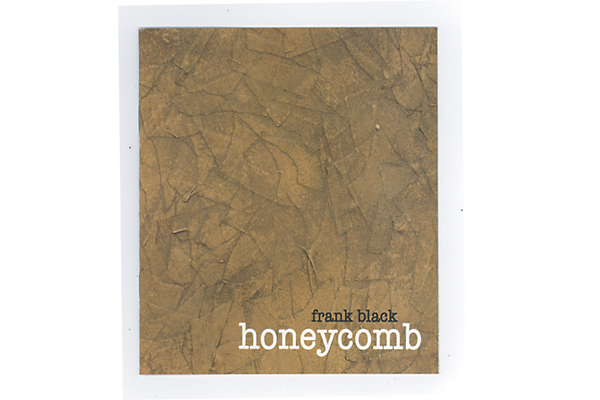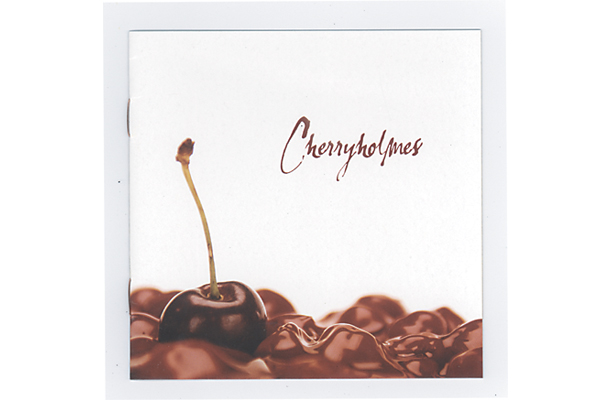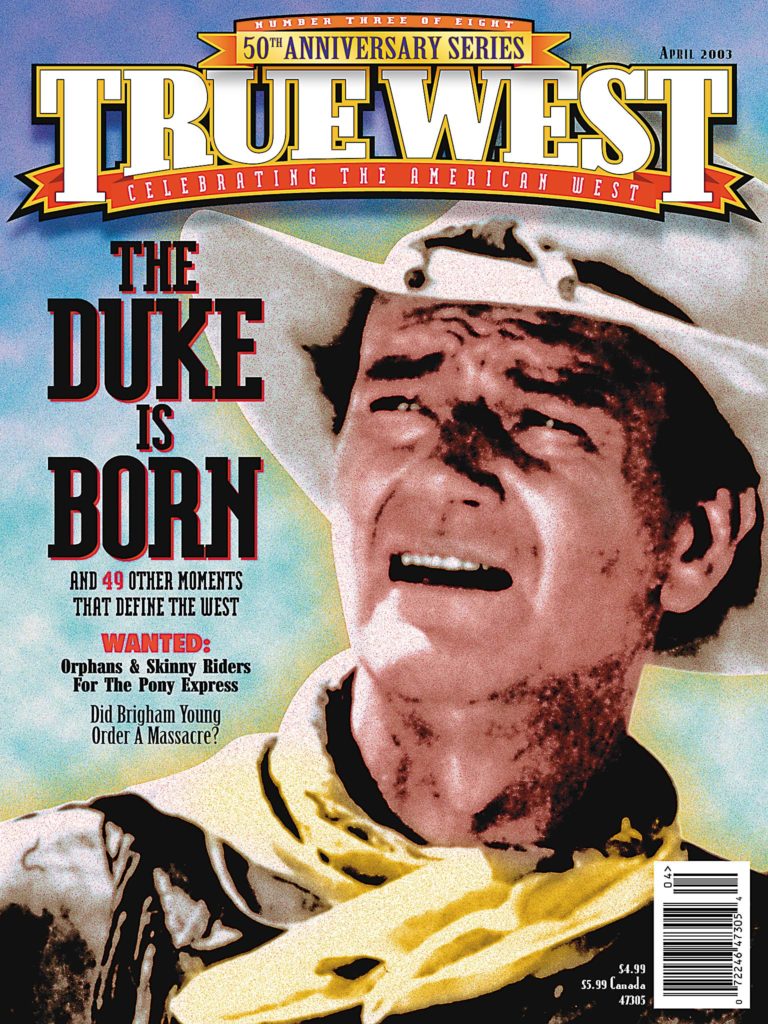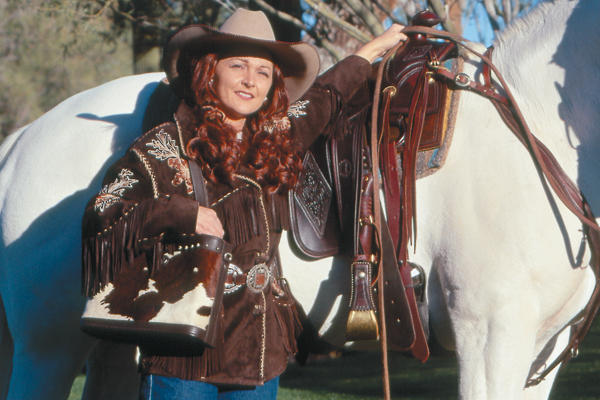
Blue-eyed Cremello and Perlino horses were once called Albinos, but now the American Quarter Horse Association has ceased using the term in its registry rule book. (So far, there has never been an albino horse. Albinism occurs when an offspring receives two recessive genes from its parents.)
The creme gene, found in both the Cremello and Perlino horses, is caused by an incomplete dominant gene, meaning the gene can appear in offspring even if only one parent carries it. A Cremello’s color (ranging from cream to nearly white) is the result of two creme genes on a red-colored horse, whereas a Perlino’s color (ranging from pale cream to chocolate) is the result of one creme gene. The basic distinction is that Cremellos have white manes and tails, while Perlinos have darker manes, tails and points than their body hair. Luckily, Cremellos and Perlinos haven’t experienced any sight, hearing or blood-clotting problems, which are typical in animals that carry the albino gene.
For more information, visit the Cremello and Perlino Educational Association’s website at www.doubledilute.com or write: CPEA, C/O Wendy Bockman, 7145 Flint Hill Rd., New Tripoli, PA 18066.
True West located an 11-year-old Cremello team roping horse owned by Larae Branham of Desert Hills, Arizona. He’s named Maybe because when his mother died at his birth, his owners often said, “Maybe he’ll live, maybe he won’t.”


